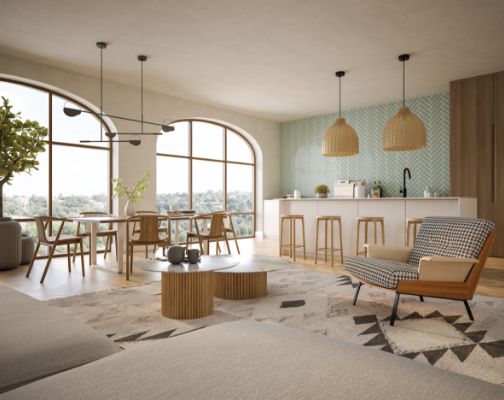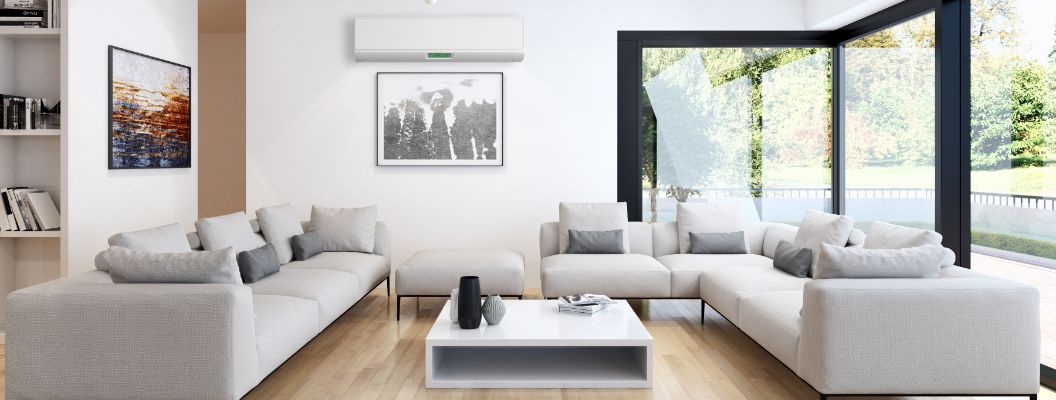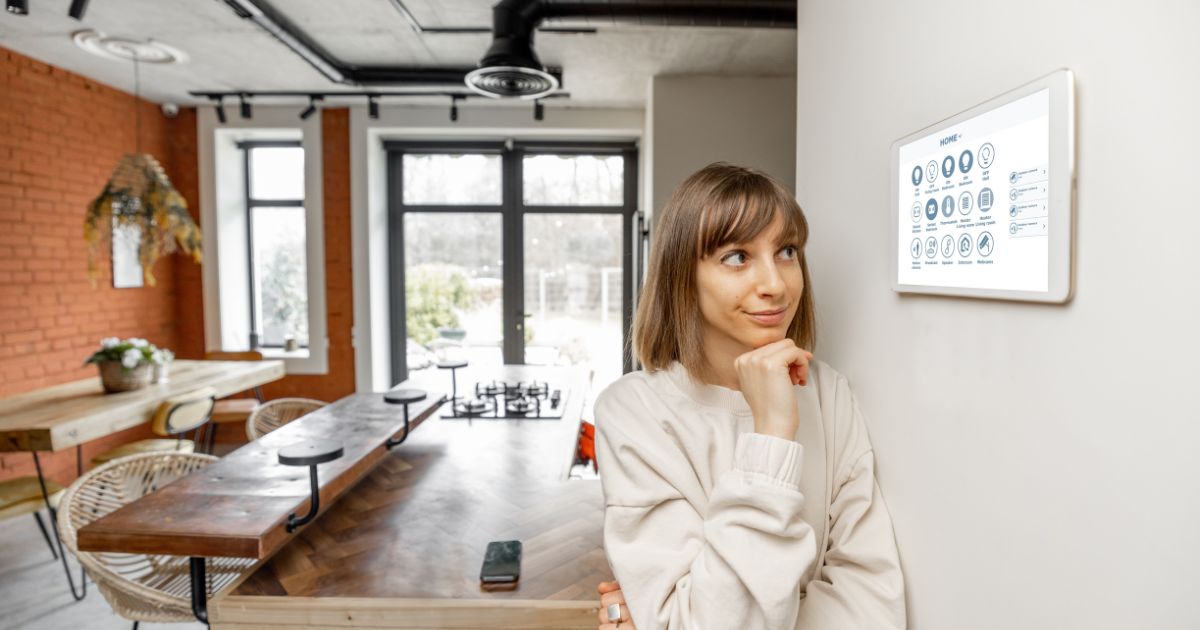Hydronic heating is suitable for all types of homes. It can be installed in both new construction and existing homes, and can be used in a variety of settings, including single-family homes, apartments, and commercial buildings. The system can be designed to heat one room or an entire building, and can be used in conjunction with other types of heating systems.
Unlike most other forms of heating, there is no airflow involved in hydronic heating which makes it ideal for allergy sufferers and also means there is no running noise.



Unlike traditional heating systems that rely on air to transfer heat, hydronic systems use water, which is a much more efficient heat conductor. This means that hydronic systems can heat a space more evenly and efficiently than air-based systems, leading to lower heating costs and improved comfort.
Because hydronic systems are more efficient, they can help reduce your heating costs, especially if you are using an energy-efficient boiler. Additionally, because hydronic systems use water to transfer heat, they can be easily integrated with renewable energy sources such as solar panels or geothermal systems. This can help you save even more money on your heating costs.
They can be used to heat a wide variety of spaces, from small homes to large commercial buildings. They can also be used to provide both space heating and domestic hot water, making them a convenient and all-in-one heating solution.
Because hydronic systems use water to transfer heat, they are able to distribute heat evenly throughout a space. This means that there are no cold spots or drafts, which can be a common problem with air-based heating systems.
Because hydronic systems use water as a heat conductor, they are less susceptible to damage from freezing temperatures. This makes them a great choice for areas with harsh winters.



Installing a hydronic heating system typically involves a few main steps. First, a series of pipes are run through the walls or floors of the building, which will be used to circulate hot water from the boiler to the various heating zones. Hydronic systems will usually be run by a natural gas boiler, however electric heat pump systems are becoming more common as technology evolves and household energy usage changes.
Next, radiators are installed in the rooms or zones that will be heated. These devices are connected to the pipes that run through the walls or floors and transfer heat from the hot water to the air. The radiators can be controlled individually, allowing the temperature in each zone to be adjusted separately. Alternatively, if the system is installed during the construction stage, the piping can be installed within the concrete slab in which case each area of the slab is controlled/adjusted via a central manifold.
A thermostat is installed to control the temperature and operate the boiler, pump, and valves, and to monitor the system. This control system is designed to maximize the efficiency of the system and to ensure that the temperature in each zone is kept at the desired level.
Finally, the system is filled with water and purged of any air bubbles. The system is then tested and adjusted as necessary to ensure that it is working correctly. Once the installation is complete, the system can be used to heat the building and provide hot water. It is important to note that the installation process can vary depending on the type of hydronic heating system, the size of the building, and the complexity of the project.
Hydronic heating is a type of heating system that uses water as a means to transfer heat throughout a building. It is a popular choice for many homeowners and businesses because it is efficient, cost-effective, and versatile.
A. Hydronic heating systems use a boiler or heat pump to heat water, which is then circulated throughout a building using a network of pipes. The heat from the water is transferred to radiators, underfloor heating systems, or other heating units, which then radiate the heat into the surrounding space.
Yes, hydronic heating is very efficient. Because water is a much better conductor of heat than air, hydronic systems are able to heat a space more evenly and efficiently than air-based systems. This leads to lower heating costs and improved comfort.
Yes, hydronic heating can be cost-effective, especially when paired with an energy-efficient boiler or heat pump. Additionally, because hydronic systems can be easily integrated with renewable energy sources such as solar panels or geothermal systems, they can help you save even more money on your heating costs.
Yes, hydronic heating systems can be used for both space heating and domestic hot water. This makes them a convenient and all-in-one heating solution.
Yes, hydronic heating systems are known for their quiet operation. Because they do not use air to transfer heat, they do not produce the same level of noise as forced-air systems. This means that you can enjoy a peaceful environment without the distraction of noisy heating equipment.
Yes, hydronic heating is very safe. Because it does not use electricity or gas to generate heat, there is no risk of electrical shocks or gas leaks. Additionally, because hydronic systems use water as a heat conductor, they are less susceptible to damage from freezing temperatures.
Yes, hydronic heating systems can be used in a variety of different types of buildings, from small homes to large commercial buildings.
Yes, like any heating system, hydronic systems require regular maintenance to ensure they are operating efficiently and effectively. This may include regular inspections and servicing of the boiler or heat pump, as well as periodic flushing of the system to remove any accumulated sediment or debris.
Yes, many modern hydronic heating systems can be controlled remotely using a smartphone app or other digital device. This allows you to easily adjust the temperature and other settings from anywhere, giving you greater control over your heating system.

Keeping You in the Loop: Our Latest News, Direct to Your Inbox!

At Tailored Solutions, we’re a bunch of forward-thinkers, innovators, and, admittedly, coffee enthusiasts, who believe that a comfortable home is the cornerstone of a happy life.
ARCTick Licence No: ARCTICK AU41000
